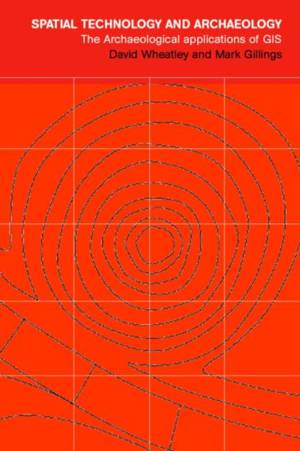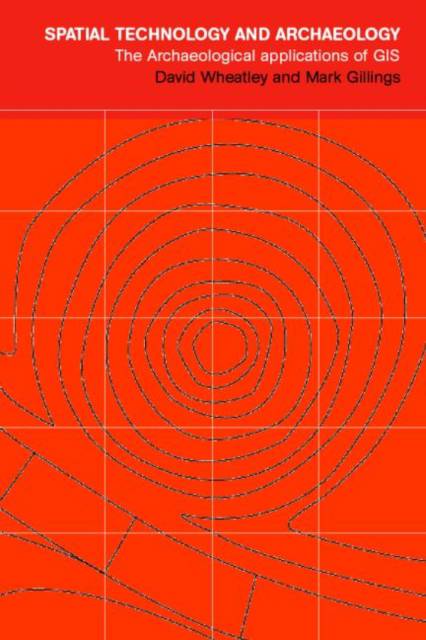
- Afhalen na 1 uur in een winkel met voorraad
- Gratis thuislevering in België vanaf € 30
- Ruim aanbod met 7 miljoen producten
- Afhalen na 1 uur in een winkel met voorraad
- Gratis thuislevering in België vanaf € 30
- Ruim aanbod met 7 miljoen producten
Zoeken
Spatial Technology and Archaeology
The Archaeological Applications of GIS
David Wheatley, Mark Gillings
Paperback | Engels
€ 85,45
+ 170 punten
Uitvoering
Omschrijving
Beginning with a conceptual approach to the representation of space adopted by GIS, this book examines spatial databases, the acquisition and compilation of data, the analytical compilation of data, the analytical functionality of GIS, and the creation and utilization of critical foundation data layers such as the Digital Elevation Model (DEM). The approach is light, technical detail is kept to a minimum, and the text is illustrated with worked case-studies using archaeological data. Spatial Technology and Archaeology provides a reference for archaeologists, students, professionals, and academics in archaeology as well as those in anthropology and related disciplines.
Specificaties
Betrokkenen
- Auteur(s):
- Uitgeverij:
Inhoud
- Aantal bladzijden:
- 288
- Taal:
- Engels
Eigenschappen
- Productcode (EAN):
- 9780415246408
- Verschijningsdatum:
- 24/01/2002
- Uitvoering:
- Paperback
- Formaat:
- Trade paperback (VS)
- Afmetingen:
- 158 mm x 238 mm
- Gewicht:
- 485 g

Alleen bij Standaard Boekhandel
+ 170 punten op je klantenkaart van Standaard Boekhandel
Beoordelingen
We publiceren alleen reviews die voldoen aan de voorwaarden voor reviews. Bekijk onze voorwaarden voor reviews.











